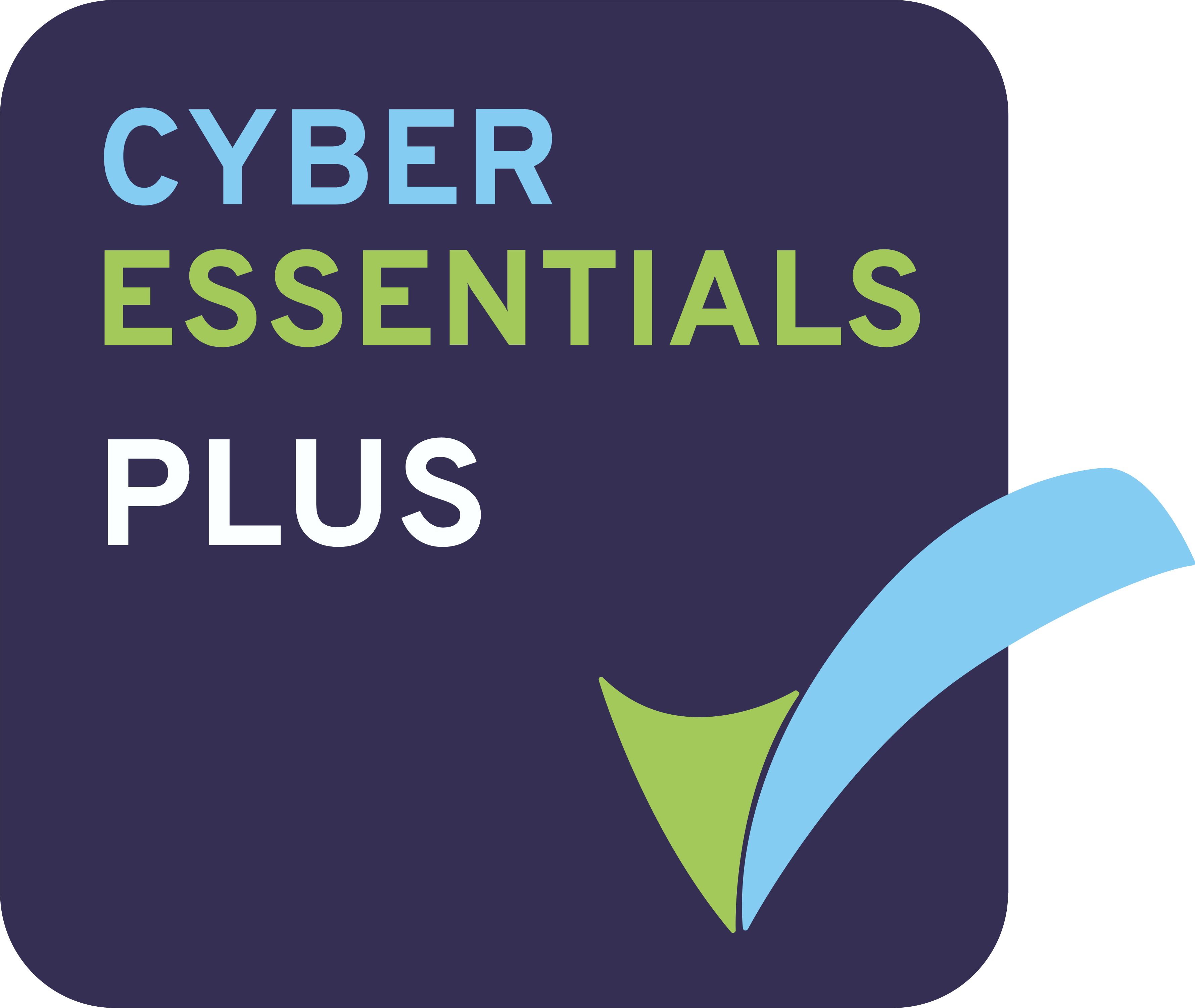DESCRIPTION
Explore the essential role of policies and procedures in health and social care with our comprehensive article. Learn about their differences, critical categories, and implications for organizational practices. Discover how these frameworks ensure operational consistency, regulatory compliance, and high-quality service delivery. Join us in unraveling the intricate world of policies and procedures, where clarity and compliance intersect to uphold safety and quality care.
When
April 2024
Who
Paula Martinez

Policies and procedures are crucial elements in health and social care, playing essential roles in maintaining operational consistency, meeting regulatory standards, and delivering top-tier services. Exploring their definitions and functions offers valuable insights into their significance within this field.
Understanding Policies and Procedures:
Policies serve as formal declarations, articulating the organizational stance and values on specific topics within health and social care settings. They encapsulate guiding principles and intentions, aiming to mitigate risks, enhance operational efficiency, and ensure adherence to safe practices. Policies provide a broad framework, fostering consistency across the organization and instilling a unified sense of purpose among employees.
dIn contrast, procedures comprise detailed, step-by-step instructions delineating how to execute specific activities or tasks. While policies set the overarching framework, procedures translate these principles into actionable steps, offering clear guidance on task execution. By providing specific instructions, procedures empower staff to navigate various situations autonomously, without the need for direct supervision.
Essential Categories of Policies and Procedures:
Within the realm of health and social care, several key categories of policies and procedures play pivotal roles in shaping organizational practices and ensuring the well-being of service users. These include:
Safeguarding: Policies and procedures aimed at protecting vulnerable individuals from abuse, harm, or exploitation, with clear guidelines for identification, reporting, and intervention.
Confidentiality: Stringent controls on data handling and adherence to legal obligations to safeguard client privacy and confidentiality.
Health and Safety: Robust measures encompassing risk assessment, incident reporting, and maintaining a safe environment to ensure the well-being of service users and staff.
Complaints: Transparent mechanisms for addressing client concerns, fostering accountability, and driving service improvement.
Whistleblowing: Empowering employees to report instances of malpractice or wrongdoing without fear of retaliation, thereby ensuring the safety and well-being of service users.
Comparative Analysis of Policy vs. Procedure:
A nuanced examination of the distinctions between policies and procedures reveals the following:
Meaning: While policies provide overarching principles, procedures offer specific instructions for task execution.
Purpose: Policies offer guidance, whereas procedures provide actionable steps for implementation.
Scope: Policies are broad and general, whereas procedures are detailed and specific.
Flexibility: Policies are adaptable, while procedures are more rigid and situation-specific.
Focus: Policies reflect organizational values, while procedures focus on practical implementation.
Implementation: Policies require communication and education, while procedures necessitate training and addressing staff concerns.
Application: Policies guide decision-making, while procedures facilitate action.
Clarifying Terminology:
In addition to policies and procedures, the inclusion of protocols and guidelines further enriches the operational framework within health and social care settings:
Protocols: Specify procedures for various situations, explicitly delineating roles, responsibilities, and actions to be taken.
Guidelines: Offer recommendations based on expert opinion and empirical evidence, providing frameworks for consistent decision-making in the absence of specific policies or procedures.
Implications of Robust Policies and Procedures:
Robust policies and procedures yield multifaceted benefits, including:
Regulatory Compliance: Mitigating the risk of enforcement actions and penalties by ensuring adherence to regulatory standards.
Enhanced Accountability: Clarifying roles and responsibilities, thereby fostering employee accountability and improving service delivery.
Efficient Decision-Making: Streamlining processes for prompt and effective action, particularly during incidents and crises.
Improved Security: Safeguarding client data and ensuring compliance with data protection regulations.
Cultural Reinforcement: Fostering a culture of trust, ethical conduct, and operational excellence among staff members.
Conclusion:
In conclusion, policies and procedures serve as indispensable tools for effective governance and operational management within health and social care settings. By providing clear guidelines, ensuring adherence to standards, and fostering accountability, robust policies and procedures uphold the principles of safety, quality, and efficiency in service delivery.
Understanding Policies and Procedures:
Policies serve as formal declarations, articulating the organizational stance and values on specific topics within health and social care settings. They encapsulate guiding principles and intentions, aiming to mitigate risks, enhance operational efficiency, and ensure adherence to safe practices. Policies provide a broad framework, fostering consistency across the organization and instilling a unified sense of purpose among employees.
dIn contrast, procedures comprise detailed, step-by-step instructions delineating how to execute specific activities or tasks. While policies set the overarching framework, procedures translate these principles into actionable steps, offering clear guidance on task execution. By providing specific instructions, procedures empower staff to navigate various situations autonomously, without the need for direct supervision.
Essential Categories of Policies and Procedures:
Within the realm of health and social care, several key categories of policies and procedures play pivotal roles in shaping organizational practices and ensuring the well-being of service users. These include:
Safeguarding: Policies and procedures aimed at protecting vulnerable individuals from abuse, harm, or exploitation, with clear guidelines for identification, reporting, and intervention.
Confidentiality: Stringent controls on data handling and adherence to legal obligations to safeguard client privacy and confidentiality.
Health and Safety: Robust measures encompassing risk assessment, incident reporting, and maintaining a safe environment to ensure the well-being of service users and staff.
Complaints: Transparent mechanisms for addressing client concerns, fostering accountability, and driving service improvement.
Whistleblowing: Empowering employees to report instances of malpractice or wrongdoing without fear of retaliation, thereby ensuring the safety and well-being of service users.
Comparative Analysis of Policy vs. Procedure:
A nuanced examination of the distinctions between policies and procedures reveals the following:
Meaning: While policies provide overarching principles, procedures offer specific instructions for task execution.
Purpose: Policies offer guidance, whereas procedures provide actionable steps for implementation.
Scope: Policies are broad and general, whereas procedures are detailed and specific.
Flexibility: Policies are adaptable, while procedures are more rigid and situation-specific.
Focus: Policies reflect organizational values, while procedures focus on practical implementation.
Implementation: Policies require communication and education, while procedures necessitate training and addressing staff concerns.
Application: Policies guide decision-making, while procedures facilitate action.
Clarifying Terminology:
In addition to policies and procedures, the inclusion of protocols and guidelines further enriches the operational framework within health and social care settings:
Protocols: Specify procedures for various situations, explicitly delineating roles, responsibilities, and actions to be taken.
Guidelines: Offer recommendations based on expert opinion and empirical evidence, providing frameworks for consistent decision-making in the absence of specific policies or procedures.
Implications of Robust Policies and Procedures:
Robust policies and procedures yield multifaceted benefits, including:
Regulatory Compliance: Mitigating the risk of enforcement actions and penalties by ensuring adherence to regulatory standards.
Enhanced Accountability: Clarifying roles and responsibilities, thereby fostering employee accountability and improving service delivery.
Efficient Decision-Making: Streamlining processes for prompt and effective action, particularly during incidents and crises.
Improved Security: Safeguarding client data and ensuring compliance with data protection regulations.
Cultural Reinforcement: Fostering a culture of trust, ethical conduct, and operational excellence among staff members.
Conclusion:
In conclusion, policies and procedures serve as indispensable tools for effective governance and operational management within health and social care settings. By providing clear guidelines, ensuring adherence to standards, and fostering accountability, robust policies and procedures uphold the principles of safety, quality, and efficiency in service delivery.



